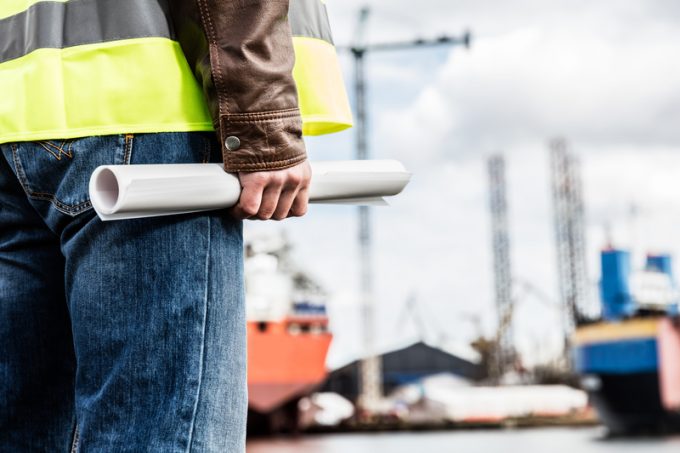Liners unveil Asia-Europe FAK price hikes to arrest steady rate decline
Container shipping lines are looking for a hike in Asia-Europe spot freight rates, announcing a ...

Supply will outpace demand in container shipping in both 2024 and 2025, according to international shipping organisation Bimco, and this will exert further pressure on freight and charter rates.
Ocean carriers have already pushed back deliveries of some ultra-large vessels into next year, and are likely to try to re-negotiate with yards to slide further newbuilding delivery dates as far back as possible.
In its Q4 market overview and outlook, Bimco says following estimated growth of 7% this year, the container fleet is expected to expand by 8.8% next year to more than 30m teu, and by another 6.4% in 2025.
“Even at the best of times, ship demand would not see similar growth,” it says.
In contrast to the containership capacity supply explosion, Bimco expects flat-to-1% growth in global container volumes this year, and modest growth of between 3% and 4% in both 2024 and 2025.
The only bright spots in the demand outlook are for the secondary trades.
“Despite only contributing about 23% of global import volumes, the current growth drivers in the container market are the Indian subcontinent and Middle East, South and Central America and sub-Saharan Africa regions,” says Bimco.
Meanwhile, the shipping organisation said it had seen some postponements of newbuild delivery dates.
“Our forecast for fleet growth in 2023 has been adjusted downwards, as it appears that more ships planned for delivery in 2023 than expected have been delayed until 2024,” said Bimco. It said cellular container fleet exceeding 30m teu by late 2024 would represent a huge 26% expansion of capacity since December 2020.
However, an expected ramping-up of scrapping in the sector in 2024 and 2025, due to tougher environmental regulations and falling time charter rates, could prove a mitigating factor.
Containership scrapping will struggle to reach 200,000 teu this year, but analysts are suggesting this could be doubled or even trebled next year, as shipowners retire elderly tonnage as daily hire rates are expected to fall to sub-economic levels.
Moreover, a further slowing of service speeds will soak up tonnage, as will diversions from the Panama Canal via the longer Suez Canal or Cape of Good Hope routes, as well as other geopolitical issues and the occasional ‘black swan’ event.
Nevertheless, as it stands, Bimco’s outlook for the liner industry remains bleak, unless carriers are prepared to take radical action in terms of capacity management strategies over and above blanking programmes.
“Our forecast predicts that the weakening that began in 2022, and took hold in 2023, will continue in 2024 and 2025,” says Bimco.
“However, there have recently been signs that freight rates have gone so low that liner operators are prepared to act. Though we do not believe liner operators will be able to significantly increase freight rates, we do believe they will be significantly more focused on adjusting their operated fleet to actual demand.”
Comment on this article